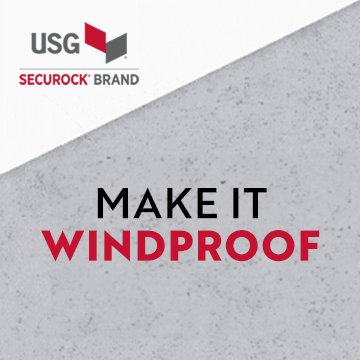What is your biggest challenge when installing coatings?
« Back To Roofers TalkWe have some really smart guys out there that are putting different types of coatings on and I thought it would make a great topic. Your feedback please!
Hi All and Happy New Year. We operate in New Zealand and the biggest problems we have with coatings are moisture in the substrate and wind. Unless you get the moisture content right with any coatings you end up with measles all over the roof or deck. To combat this if we cannot get the substrate moisture content down we first apply a primer our supplier Neptune Pacific has which allows moisture to come out of the substrate but does not allow moisture from rain heavy night dew into the substrate. Acts as temporary waterproof membrane. It is fantastic. The other trick is we put down a vented torch membrane sheet first then apply coating with low profile vents installed to allow the moisture to escape over time not affecting the coating.
We also use a silicone coating which can go on a damp substrate, this comes out of USA and it works really well, roll or brush apply, self levels in fact the moisture helps it cure.
The other issue we face is wind when spraying, and there is nothing you can do to stop that other than the normal methods. To spray in wind, even with lots of protection can end up being very expensive.
Given this our company sees these applications as the future as they are enviromenatlly friendly, are renewable and cost effective.
-GreenFrog
Hi All and Happy New Year. We operate in New Zealand and the biggest problems we have with coatings are moisture in the substrate and wind. Unless you get the moisture content right with any coatings you end up with measles all over the roof or deck. To combat this if we cannot get the substrate moisture content down we first apply a primer our supplier Neptune Pacific has which allows moisture to come out of the substrate but does not allow moisture from rain heavy night dew into the substrate. Acts as temporary waterproof membrane. It is fantastic. The other trick is we put down a vented torch membrane sheet first then apply coating with low profile vents installed to allow the moisture to escape over time not affecting the coating.
We also use a silicone coating which can go on a damp substrate, this comes out of USA and it works really well, roll or brush apply, self levels in fact the moisture helps it cure.
The other issue we face is wind when spraying, and there is nothing you can do to stop that other than the normal methods. To spray in wind, even with lots of protection can end up being very expensive.
Given this our company sees these applications as the future as they are enviromenatlly friendly, are renewable and cost effective.
Good AM- I've been playing around with a couple Gaco products this year, specifically Gaco Patch, Gaco Bleed Trap and then the S-4200 silicone coating. After a couple small comercial jobs, the system seems to good to be true really, we'll see how it holds up. Technically and warranty-wise there needs to be less than 30% moisture within the roof deck, that said there are one way vents that can be installed to help encourage decks that have gotten just a bit wet to eventually dry out. There is a roll on application and a spray application as well. Obviously for a job of any size, and for those who have used various sprayers, it is definitely the way to go, although the roll on works very well as long as you can guage the thickness of what you're putting down (don't roll too thin). The spray rigs are expensive, so you'd need to have some decent accounts to bother buying one. The patch is amazing itself. I keep a pail in the van for emergency repairs...pushes water away, easy cleanup etc.
























